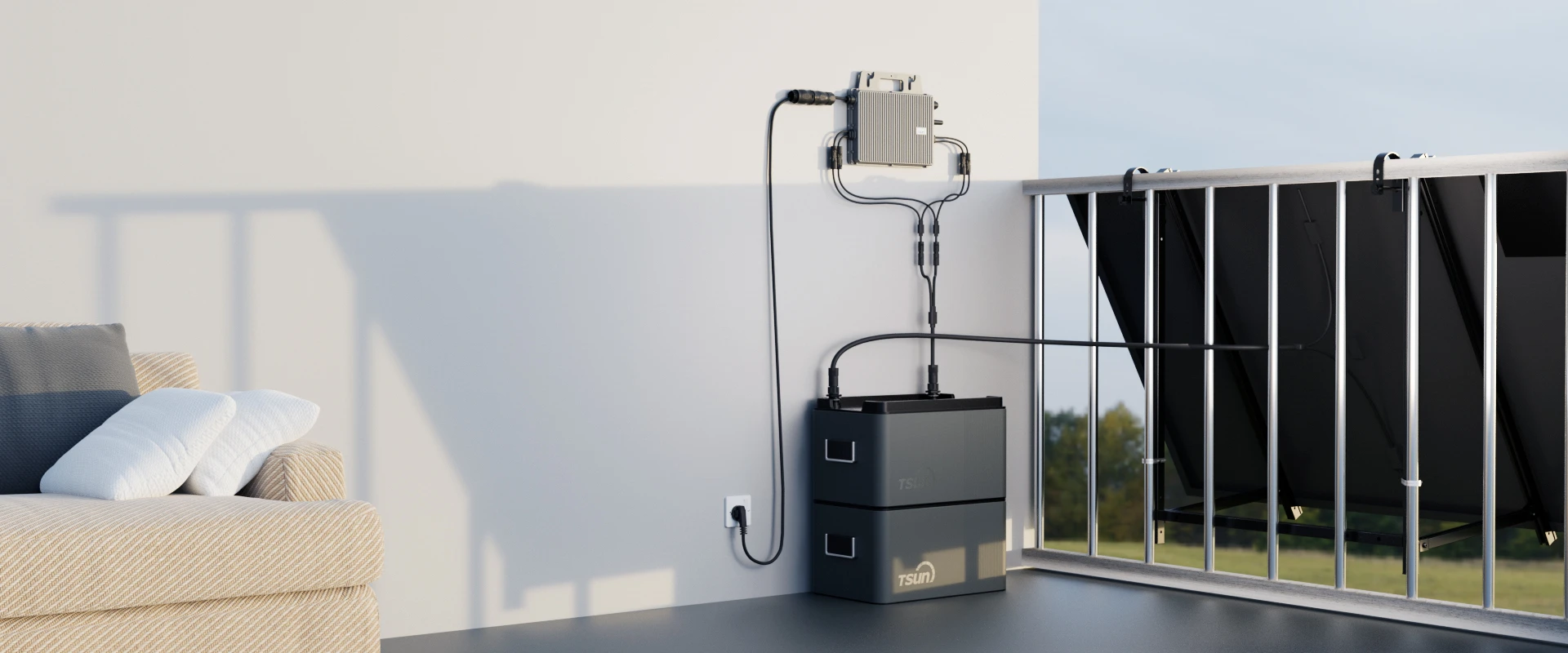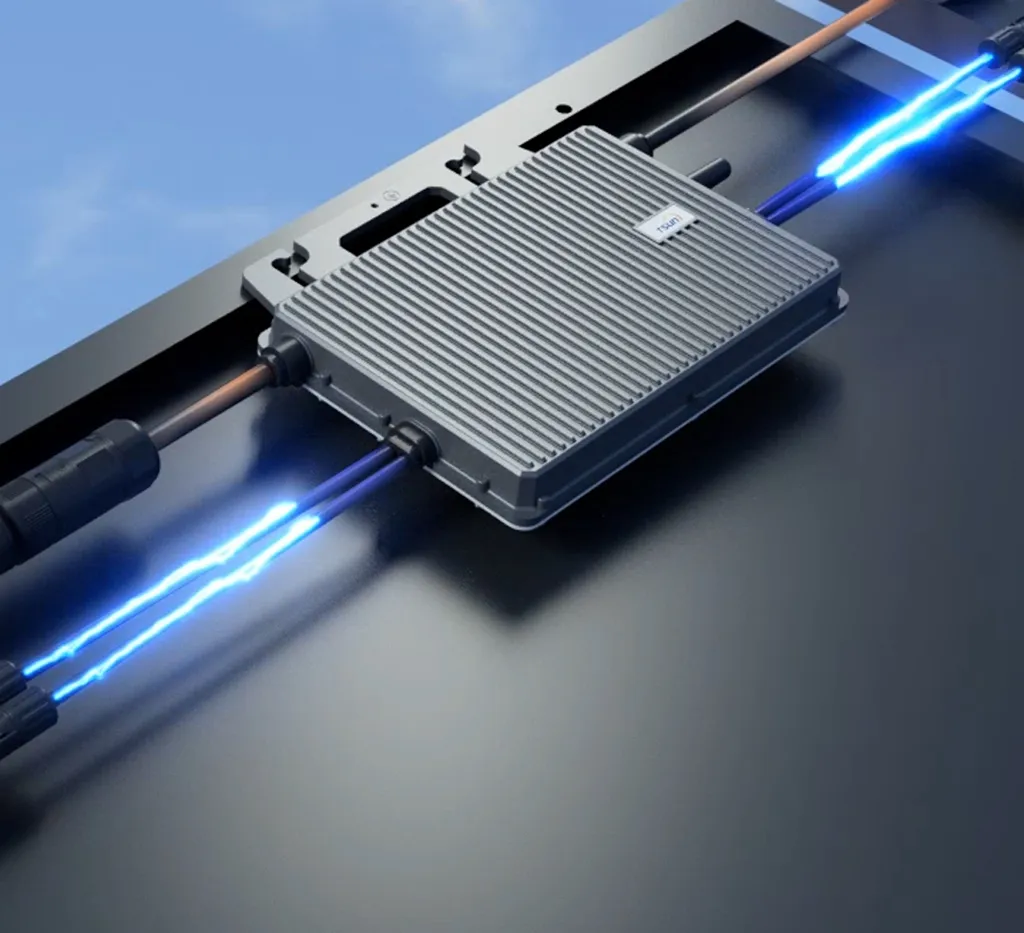Harnessing solar energy has become increasingly popular among homeowners and businesses alike, especially with advanced technologies like microinverters enhancing the efficiency of solar panels. A 400W solar panel combined with a microinverter is an ideal solution for those looking to maximize energy output while minimizing the challenges traditionally associated with solar energy systems.

Firstly, let's delve into the unparalleled efficiency these panels offer. A 400W solar panel is designed to capture and convert sunlight into electricity more effectively than its lower-watt counterparts. This means that even in less than optimal conditions, such as cloudy days or during periods when sunlight is not as intense, these panels continue to perform admirably. The microinverter plays a pivotal role by converting the direct current (DC) generated by the solar panel into alternating current (AC) at the source itself. This reduces energy loss substantially compared to traditional setups that use a central inverter. Each panel operates independently, ensuring that shading or debris on one panel does not affect the performance of the entire array.
Moreover, the integration of microinverters with 400W panels simplifies system design and expandability. For residences and small businesses, where space and installation complexity might pose challenges, microinverters eliminate the need for string design, allowing maximum flexibility. This also means installations can be scaled over time. Starting with a modest setup, additional panels can be added as energy needs increase, without the cumbersome task of redesigning the entire system.

From the standpoint of reliability and durability,
400W solar panels with microinverters offer exceptional longevity. Manufacturers often provide warranties lasting 25 years or more, illustrating the confidence they have in their products' lifespan and performance. Microinverters, specifically, tend to have a lower failure rate than central inverters due to the distributed architecture; this reduces the risk of complete system shutdowns and costly repairs. Their robust design and fewer moving parts ensure that they can withstand harsh environmental conditions, making them a sound investment.
400w solar panel with microinverter
One cannot overlook the safety improvements that come with using microinverters. Traditional systems with high-voltage DC current pose a risk of electrical arcing, which can lead to fires. Microinverters mitigate this risk by handling only low-voltage DC and quickly converting it to AC. This feature not only enhances the safety for residential installations but also provides peace of mind to installers and homeowners alike.
In terms of financial return, the combination of 400W panels with microinverters can lead to quicker recovery of the initial investment through electricity bill savings and potential incentives. Such systems often qualify for rebates, tax credits, and other financial incentives offered by governments seeking to promote renewable energy solutions. The efficient performance translates into more kilowatt-hours produced per dollar invested, maximizing the return on investment.
Finally, these advanced solar systems significantly contribute to the overarching goal of reducing carbon footprints. Each 400W solar panel operating efficiently with a microinverter means less reliance on fossil fuels and more sustainable energy consumption. This not only reduces carbon emissions but also helps in combating the global climate crisis.
In conclusion, investing in 400W solar panels paired with microinverters offers a multitude of benefits superior efficiency, scalability, enhanced safety, and long-term financial savings. Their ability to optimize energy production, coupled with durable and reliable design, makes them an authoritative choice for those seeking to embrace renewable energy. Building a solar setup with these components ensures a high-performance, secure, and eco-friendly energy solution that's tailored for both present and future needs. As the world transitions toward sustainable energy sources, adopting such advanced solar technology paves the way for a cleaner, greener planet.
 LEARN DETAILS
LEARN DETAILS
 News
News



